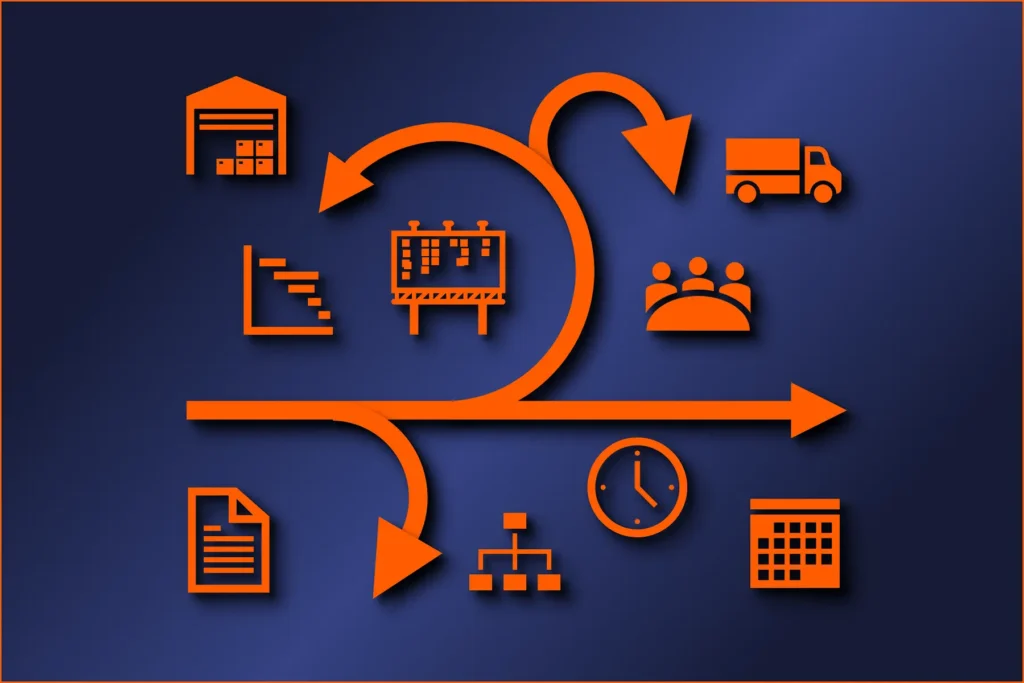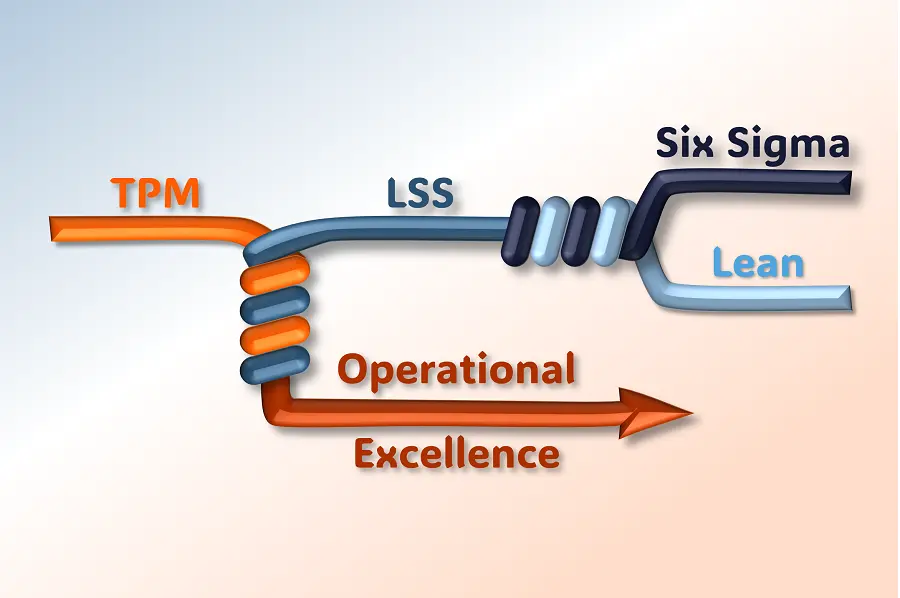Digital Done Right: Optimize Before You Digitize
THE HIDDEN COST OF IGNORING PROCESS OPTIMIZATION
Digitalization can deliver huge benefits for businesses, from streamlined operations to better data analytics and improved customer experiences. With the rise of cloud computing, the Internet-of-Things (IoT), data analytics and robotic process automation, it is vital to jump on the digital bandwagon. And it is now also clear that those who fall behind on AI will soon have a serious competitive disadvantage.
However, rushing into digitalization without first optimizing your underlying processes can be a costly and damaging misstep. Investing in advanced digital tools while neglecting process optimization is like building a house on shaky foundations—no matter how advanced the tools, the structure won’t stand strong. Here’s why optimizing your processes first is crucial for maximizing your overall return on investments and securing long-term digitalization success.
Digital Done Right: Optimize Before You Digitize Read More »








